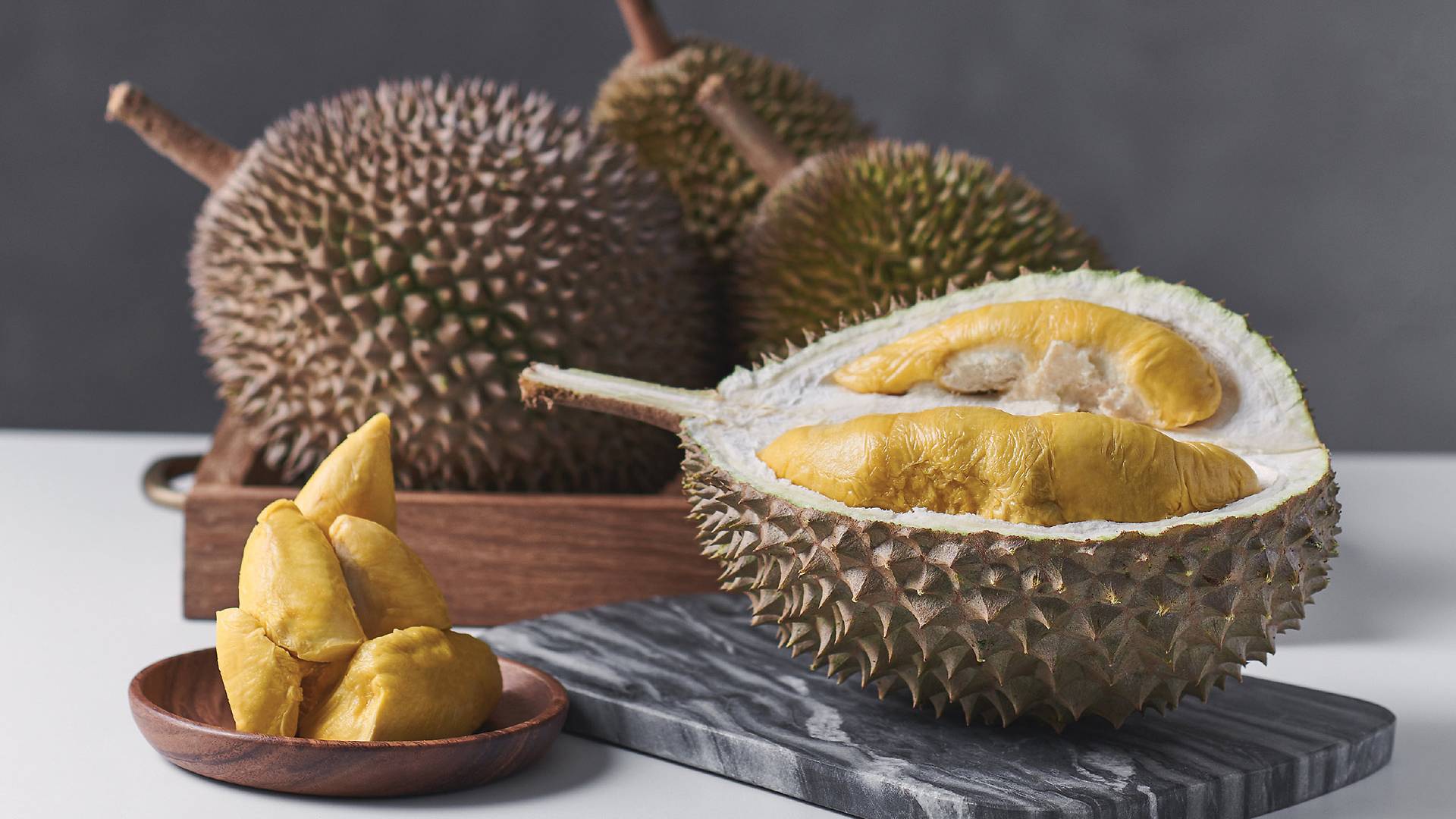EATING a Musang King durian is a luxury these days with the high price it fetches due to the strong demand from tourists willing to pay top dollar to savour it.
But what can be described as a loss for local durian lovers points to a major gain for those who produce and sell the fruit.
Given the right investment in technology to boost the fruit’s production and support from trade missions abroad in marketing, the “King of Fruits” can fetch billions for the country.
The crop can provide an alternative for diversification to the Malaysian agricultural industry in view of higher returns.
Agriculture and Agro-based Industry Minister Datuk Seri Ahmad Shabery Cheek said, during a fruit fair in August, the export value of durian was RM74 million last year.
It is expected that the earnings will increase by 10 per cent this year, with durian prices buoyed mainly by demand from China, where the Musang King had acquired a legion of loyal and wealthy fans.
In 2013, the average retail price for the renowned Musang King, or Mao Shan Wang durian, was RM36.50 per kg, but the price had shot up to an average price of RM150 per kg this year, a massive increase.
The low supply and high demand for durian is worsened by changing weather patterns, which affected the harvest.
This is the situation despite the fact that durian farmers have made improvements in orchard management through better horticultural practices as they strive to crank up production and cash in on the massive surge in prices.
Durian expert Lim Chin Khee, 43, said unlike the hardier kampung planting materials, which were relatively easier to manage, the latest durian varieties, such as Musang King and Musang Queen, were more demanding in their crop husbandry.
Gone are the days when durian trees were left to grow and bear fruit without much care and attention.
Proper horticulture practices, he said, improved economic conditions of the farmers and entrepreneurs, enhanced exports and foreign exchange earnings, and provided nutritional security to the people.
Lim, an agriculture science graduate from Universiti Putra Malaysia, had spent more than 20 years sharing with farmers his in-depth knowledge in the establishment of durian farm, crop husbandry, as well as the common mistakes that beset fruit quality.
Lim, a key speaker at the International Durian Conference in Melaka recently, said the conditions for increasing production of durian crops were very favourable in the country.
For a start, Malaysia is blessed with ample land suitable for durian farming with favourable
terrain for good durian cultivation.
He said as much as 90 per cent of prospective investors in fruit cultivation had durian in mind.
Lim added that there was sufficient know-how on modern durian harvests farming technologies for farmers to adopt, minimising post-harvest losses and increasing durian production through activities such as pruning, irrigation, management of fertiliser applications, pests and disease control, flower and fruit thinning, as well as suppression of young shoots during the early fruiting stage, which would otherwise result in fruit abortion.
With modern packaging and fruit treatment technologies, such as the use of liquid nitrogen , enabling the durian pulp to be frozen in the shortest time while maintaining as much as 95 per cent freshness and flavour for export, there is considerable added value attached to the exportation of fresh or processed durian.
“Many farmers have been planting more durian trees in recent years, but it will take at least six years for the trees to start bearing fruit, and a further three to four years for the trees to reach their prime age for fruit production.
“Yet, at the same time, many attempts at large-scale durian farming had been largely unsuccessful.
“Compared with oil palm, for example, durian has its very own specific water and fertiliser requirements.”
He said durians, being a premium fruit, were subjected to stringent durian evaluation based on factors such as pulp texture, creaminess, stickiness, aroma and sweetness.
“With advanced horticulture practices, we can make the durian husk thicker or thinner, or
the flesh sweeter, bitter or creamier.
“This is necessary as the market places much emphasis on the texture and flavour.
“What the durian industry needs is a government agency responsible for the promotion and development of the industry in Malaysia, balancing domestic needs with challenges in export growth.”
Lim said the agency could help put in place policies and priorities for the wellbeing of the durian industry, such as the direction of research in improving quality and quantity of durian.
The agency can also help farmers manage their farms, such as in dealing with diseases such as Phytophthora, the most dreaded disease which affects different parts of durian in all stages of development.
He said the industry was too fragmented with many individual farmers, although multinational corporations and government-linked companies were foraying into durian farming.
Lim estimated that it would be another 10 years before durian became more affordable for Malaysians, when large-scale farms established presently will be at their prime.
He said durian export to China could only meet a fraction of the market demand.
On another note, he said a substantial proportion of Malaysians had never tasted the Musang King.
“However, there are many durian species, which are just as good if not better, like the Musang Queen durian, officially registered as D160 with the Agriculture Department and widely known as Tekka, or the Bamboo.”





